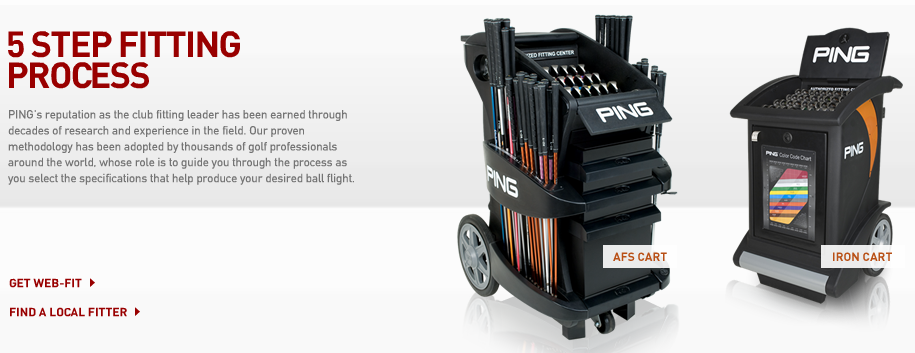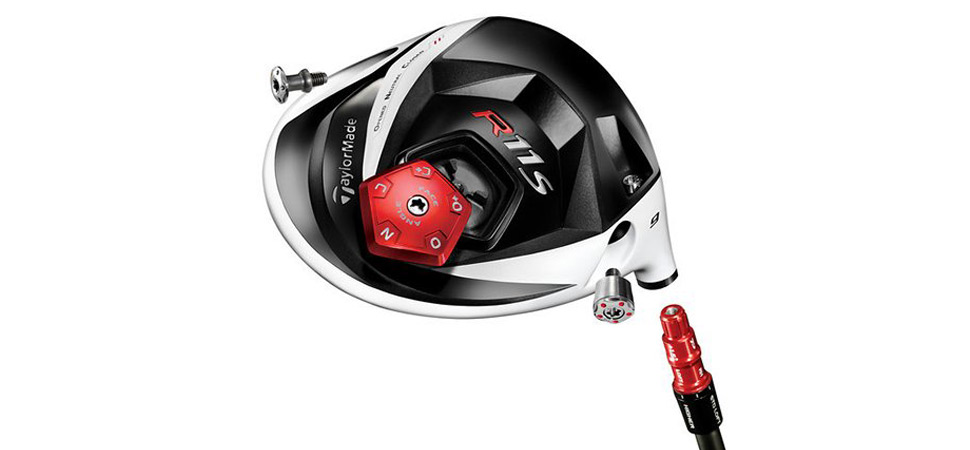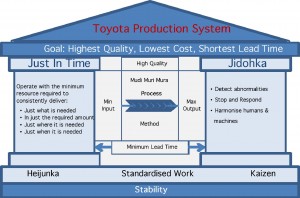Most Home Depot stores are large warehouse stores with ample extra room for inventory and storage, but they began opening smaller stores in smaller markets that could not hold the same amount of inventory. This lead to stock-outs and unhappy customers. They realized it was time they completely changed their supply chain processes starting with centralizing operations by rebuilding their distribution process. Before 2006 only 30% of the orders were store-centric, while managers made 70% of the orders. The transportation model had its own similar shares of changes to be made. They started with the construction of 24 new rapid deployment centers located throughout the country, each would serve about 100 stores. These facilities were to be flow-through facilities for quick cross-docking and little storage. The RDCs allowed their products to be shipped with 24 hours of arrival now. Currently, one third of the RDCs are built and being used. Home Depot is already seeing the benefits.
It seems Home Depot may have chosen the perfect time for their restructuring because now that their new processes are beginning to run the housing improvement and construction markets are growing. Home depot’s margins increased 35%, net income for the fourth quarter increased 32%, and sales rose 6%. Ms. Tome, the chief financial officer of Home Depot, claims the restructuring of their supply chain processes is the reason for these large increases.
Home Depot is not only the leader in the improvement industry, but is the second largest retailer in the country, second to Wal-Mart. Can we expect to see greater growth as the last two thirds of their RDCs are implemented? How can other retailers learn from Home Depot’s changes?
http://topics.nytimes.com/top/news/business/companies/home_depot_inc/index.html
http://www.dcvelocity.com/articles/20090801verticalfocus/






